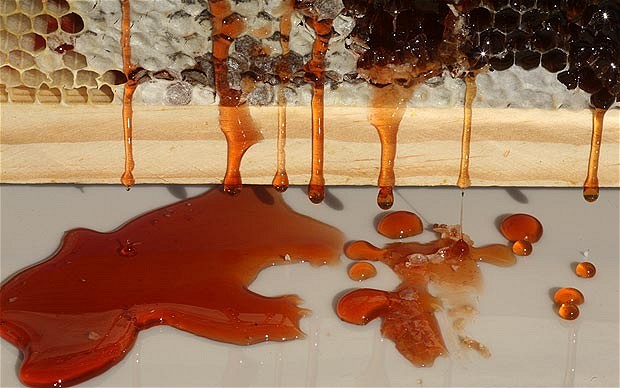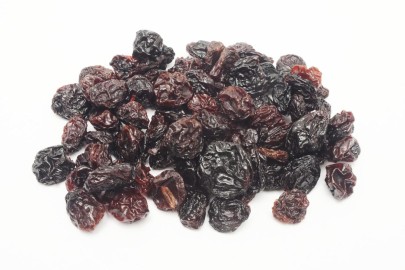Another strange wikipedia article for this saturday’s Wikiworm, and disappointingly nothing to do with George Melly…
Mellified man, or human mummy confection, was a legendary medicinal substance created by steeping a human cadaver in honey. The concoction is mentioned only in Chinese sources, most significantly the Bencao Gangmu of the 16th-century Chinese pharmacologist Li Shizhen. Relying on a second-hand account, Li reports a story that some elderly men in Arabia, nearing the end of their lives, would submit themselves to a process of mummification in honey to create a healing confection:
According to Tao Jiucheng in the Chuogenglu “Record after retiring from plowing“, it says in Arabia there are men 70 to 80 years old who are willing to give their bodies to save others. The subject does not eat food, he only bathes and partakes of honey. After a month he only excretes honey (the urine and feces are entirely honey) and death follows. His fellow men place him in a stone coffin full of honey in which he macerates. The date is put upon the coffin giving the year and month. After a hundred years the seals are removed. A confection is formed which is used for the treatment of broken and wounded limbs. A small amount taken internally will immediately cure the complaint. It is scarce in Arabia where it is called mellified man.
In her book Stiff: The Curious Lives of Human Cadavers, writer Mary Roach observes that Li Shizhen “is careful to point out that he does not know for certain whether the mellified man story is true.”
Honey has been used in funerary practices in many different cultures. Burmese priests have the custom of preserving their chief abbots in coffins full of honey. Its reputation both for medicinal uses and durability is long established. For at least 2,700 years, honey has been used by humans to treat a variety of ailments through topical application, but only recently have the antiseptic and antibacterial properties of honey been chemically explained. Because of its unique composition and the complex processing of nectar by the bees which changes its chemical properties, honey is suitable for long-term storage and is easily assimilated even after long preservation. History shows examples of honey preservation for decades, centuries and even millennia.
Antibacterial properties of honey are the result of the low water activity causing osmosis, hydrogen peroxide effect, and high acidity. The combination of high acidity, hygroscopic, and antibacterial effects have led to honey’s reputation as a plausible way to mummify a human cadaver, despite lack of concrete evidence.
Mummies were a common ingredient in the Middle Ages until at least the eighteenth century, and not only as medicine, but as fertilizers and even as paint. The use of corpses and body parts as medicine goes far back—in the Roman Empire the blood of dead gladiators was used as treatment for epilepsy.
Both European and Chinese pharmacopeias employed medicines of human origin such as urine therapy, or even other medicinal uses for breast milk. In her book, Roach says the medicinal use of mummies, and the sale of fake ones, is “well documented” in chemistry books of 16th to 18th centuries in Europe, “but nowhere outside Arabia were the corpses volunteers”.












Yuck.Can you get it on the NHS? Probably only in Wales.